petroleum jelly in promoting wound healing
Everyday life is full of wounds, from little scratches and cuts to more severe ones that need to be treated by a doctor. The many biological processes that makeup wound healing work to restore the integrity of injured tissue. Although the human body has amazing inbuilt wound healing capabilities, additional interventions like topical therapies may greatly speed up the healing process.
Knowing How Wounds Heal
Particular cellular and molecular activities distinguish several stages of the dynamic wound healing process. Hemostasis, inflammation, proliferative, and remodeling are the main stages. In hemostasis, bleeding stops, and a transient clot forms to stop further blood loss. When immune cells are called to the site of damage to clear debris and fight infection, inflammation begins—tissue repair results from creating new extracellular matrix components and the proliferation of fibroblasts, which define proliferation. Remodeling is how recently produced tissue matures and reorganizes to regain strength and function.
A person’s general state of health, the degree of tissue damage, underlying medical disorders, and environmental variables like diet and cleanliness all impact how well a wound heals. Older people, diabetics, vascular insufficiency, immunodeficiency, and certain drugs may all lead to impaired wound healing.
Introduction to Petroleum Jelly
A semi-solid mixture made from petroleum is called petroleum jelly, or petrolatum. Its many uses and adaptable qualities have made it useful for more than a century. A blend of hydrocarbons, mostly microcrystalline and paraffin wax, gives petroleum jelly its distinctive occlusive and silky feel.
The Way Petroleum Jelly Promotes Wound Healing
Petroleum jelly is a useful auxiliary treatment for encouraging tissue restoration because of its various advantageous effects on the healing process of wounds. Because of its occlusive quality, the wound surface is shielded from outside pollutants and infection is reduced. Petroleum jelly also aids in keeping the wound bed wet, which promotes cell migration, proliferation, and matrix deposition. Its antibacterial qualities help to heal wounds even further by reducing bacterial colonization and infection that follows. Moreover, by encouraging angiogenesis, collagen formation, and epithelialization, petroleum jelly helps the various phases of wound healing.
Evidence from Clinical Studies
Many clinical investigations have shown that petroleum jelly works well to promote wound healing in a variety of wound types. In a randomized controlled study comparing it with usual wound care in individuals with superficial wounds, Petroleum jelly greatly sped up wound closure and lowered the risk of infection. Similarly, petroleum jelly was linked with quicker healing rates, less discomfort, and better cosmetic results compared to conventional bandages in a comprehensive review and meta-analysis assessing its usage in burn wound treatment.
Wounds Benefiting from Petroleum Jelly
Burns, dry or cracked skin, surgical incisions, and small cuts and abrasions are just a few of the wounds for which petroleum jelly is appropriate. Because of its mild composition, delicate skin—including that of children and the elderly—can use it. Depending on the clinical situation and the choice of the healthcare professional, petroleum jelly may be used alone or in conjunction with other dressings.
Optimum Use of Petroleum Jelly in Wound Management
Follow recommended procedures while using petroleum jelly for wound care to get the most out of it and reduce any side effects. For the lowest possible chance of infection, thoroughly clean the wound with a mild antiseptic solution before applying petroleum jelly. Use a sterile glove or a clean applicator to prevent contaminating the wound. Ensure full coverage without undue accumulation by applying a thin coating of petroleum jelly to the wound area. Petroleum jelly may be used once or twice a day or as advised by a medical practitioner, depending on the features of the wound and its healing course.
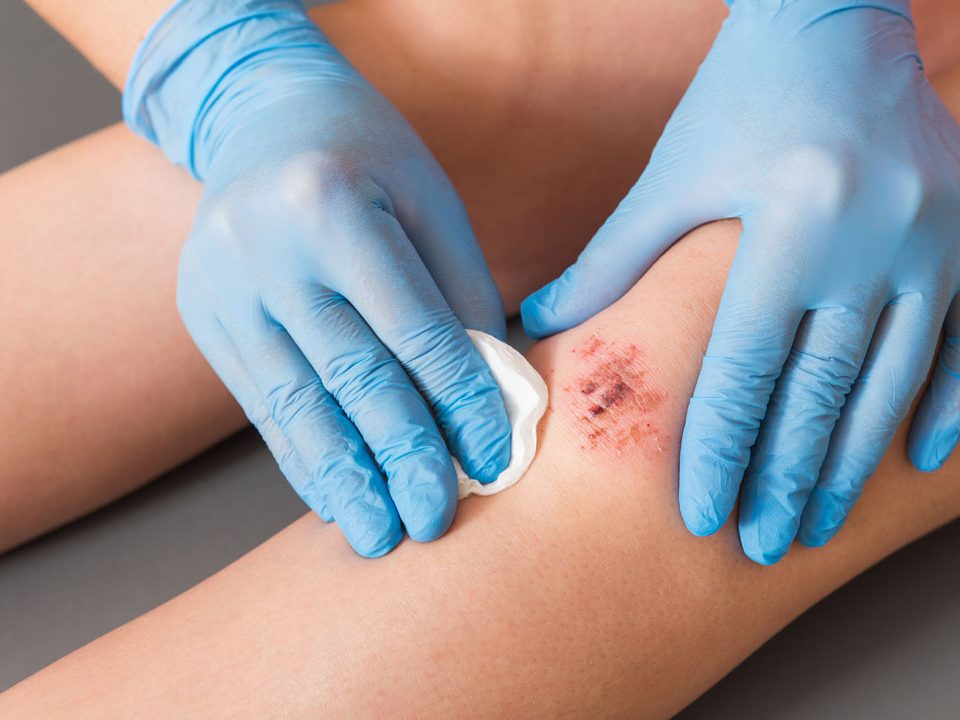
The truth about petroleum jelly
Though petroleum jelly is widely used and is effective, there are many myths and misunderstandings about it. One prevalent myth is that since petroleum jelly blocks moisture and oxygen, it may smother the skin and impede the healing of wounds. Scientific research, however, suggests that petroleum jelly creates a permeable barrier that lets moisture vapor and oxygen in but keeps dangerous bacteria out. An additional fallacy is that skin illnesses are caused by the development of germs and fungi that petroleum jelly encourages. The natural antibacterial qualities of petroleum jelly aid in warding against microbial invasion and illness.
Other Uses for Petroleum Jelly in Cosmetics
Petroleum jelly has various other applications in dermatology and skincare beyond wound treatment. Its emollient qualities provide long-lasting hydration and protection to dry, rough, or chapped skin. Petroleum jelly may also be used gently to remove makeup; it works well to dissolve and peel off tough makeup without removing the skin’s natural oils. Moreover, petroleum jelly is an important tool for preventing chafing and irritation brought on by contact between the skin and clothes or shoes a plus for sportsmen, tourists, and those who lead busy lives.
80 incredible uses of petroleum jelly
Safety Issues and Measures
Although most of the time petroleum jelly is regarded as safe for topical use, several safety measures should be taken to reduce the possibility of negative responses. Before using petroleum jelly extensively, those who have a history of recognized hypersensitivity or allergy to petroleum-derived products should refrain from using it or do a patch test. Without first seeking medical advice, petroleum jelly should not be used on serious puncture wounds, animal attacks, or severe burns. Used too much or too long, petroleum jelly may cause folliculitis, a bacterial infection of the hair follicles, especially in places that are prone to occlusion and moisture retention.
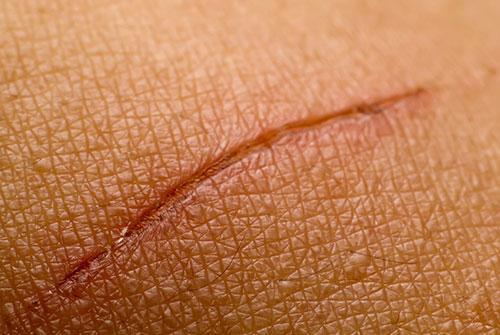
The Cost-Effectiveness and Accessibility
Petroleum jelly has many benefits, chief among them being affordability and general availability. Petroleum jelly is a much less expensive and more widely available alternative to specialist wound care treatments and bandages, which appeals to those with little money or access to medical care. Because petroleum jelly is sold over-the-counter in a variety of formulations—ointments, creams, and gels—it is easy for customers to buy from drugstores, supermarkets, and internet vendors.
Affect on the Environment
Even while petroleum jelly has several advantages for skin care and wound treatment, its manufacture and disposal are environmentally harmful. Processes for extracting and refining petroleum add to greenhouse gas emissions, habitat loss, and air and water pollution. In addition, petroleum jelly packaging—especially single-use containers and throwaway applicators—can add to the buildup of plastic garbage in landfills and seas. The development of biodegradable substitutes for petroleum jelly and the promotion of responsible consumption and waste management techniques are becoming more and more important as awareness of environmental sustainability increases.
Nexus and Prospects for Research
Future studies and innovation in petroleum jelly-based wound treatment have several bright prospects. Enhancements with better healing qualities and focused delivery systems may result from developments in nanotechnology and biomaterials engineering. Moreover, multidisciplinary cooperation between scientists, physicians, and industry participants may propel translational research initiatives to introduce new wound care products into the market. Comparing petroleum jelly to traditional wound treatment techniques, long-term safety, efficacy, and cost-effectiveness will need long-term clinical trials and real-world data analysis.
Conclusion
Petroleum jelly is a multipurpose, reasonably priced topical medication that works very well for skin care and wound treatment. It is a priceless instrument for encouraging wound healing and averting problems because of its occlusive, hydrating, and antibacterial qualities. Scientific data backs up petroleum jelly’s safety and efficacy in a range of therapeutic contexts, despite common beliefs. Healthcare professionals may maximize patient outcomes and enhance the quality of life by following best practices and including petroleum jelly in thorough wound care routines.
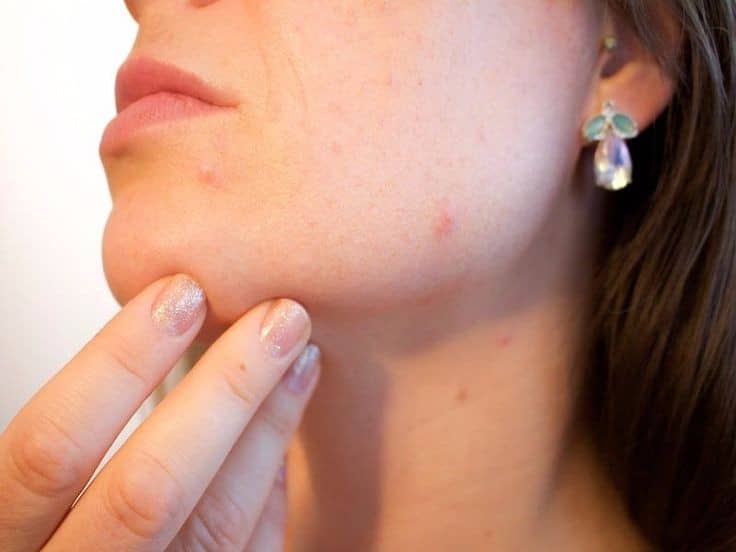
FAQs
What are petroleum jelly’s primary advantages for wound healing?
Over the wound area, petroleum jelly creates a layer of protection, holds moisture, fights infection, and encourages tissue healing.
2. Can all kinds of wounds be treated with petroleum jelly?
For small abrasions, burns, surgical wounds, and dry or cracked skin, petroleum jelly works well. It should not be used, however, for serious burns or deep puncture wounds without medical supervision.
Can sensitive skin use petroleum jelly?
While most of the time petroleum jelly is suitable for delicate skin, those with known sensitivities should do a patch test before using it.
4. At what frequency should wounds be treated with petroleum jelly?
Depending on the features and course of healing of the wound, petroleum jelly may be administered once or twice a day, or as advised by a medical practitioner.
Could using petroleum jelly for wound treatment have any unintended consequences?
Used too much or too long, petroleum jelly may cause skin irritation or folliculitis, especially in places that are prone to occlusion and moisture retention.

This is Kamran Malekian working in the petroleum jelly manufacturing industry for Navid Noor Company since 2013 I am eager to make content in this industry and have a good impact on professional users and people using cosmetic and pharmaceutical products.
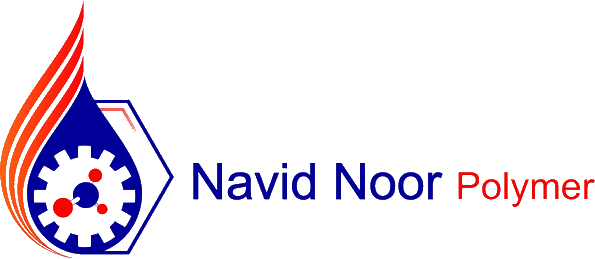
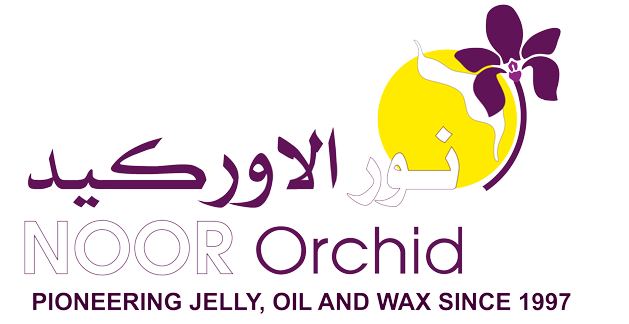





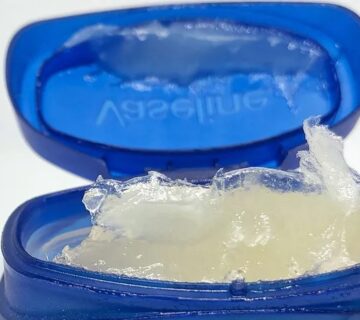
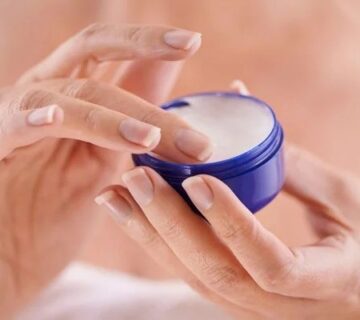
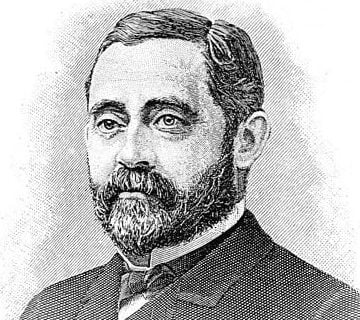
[…] Petroleum Jelly in Promoting Wound Healing and Its Power […]
[…] It might be your pain: wound healing by petroleum jelly […]
[…] efficacy of petroleum jelly in wound healing is well-documented in scientific literature. A landmark study published in the Journal of the […]
[…] of the most remarkable properties of petroleum jelly is its ability to promote wound healing. When applied to minor cuts, scrapes, or burns, petroleum jelly creates a protective barrier that […]
[…] wound care by petrolatum […]